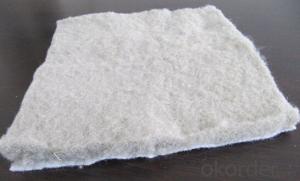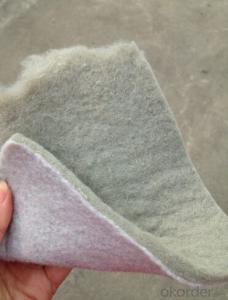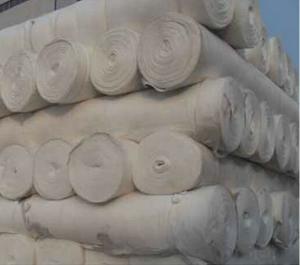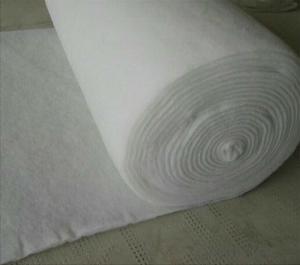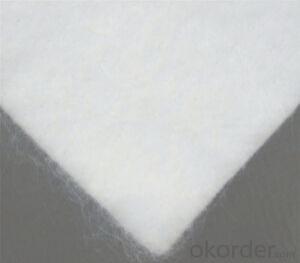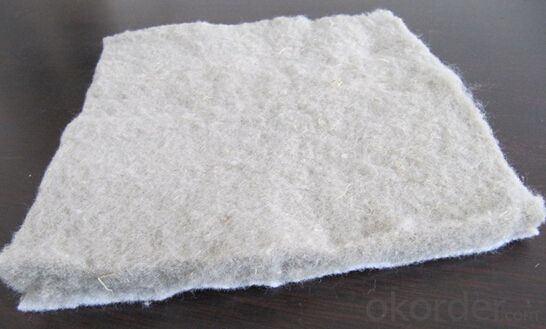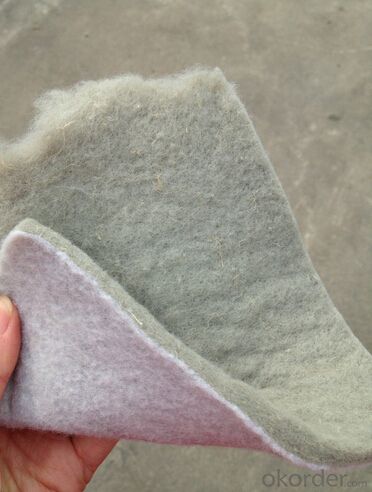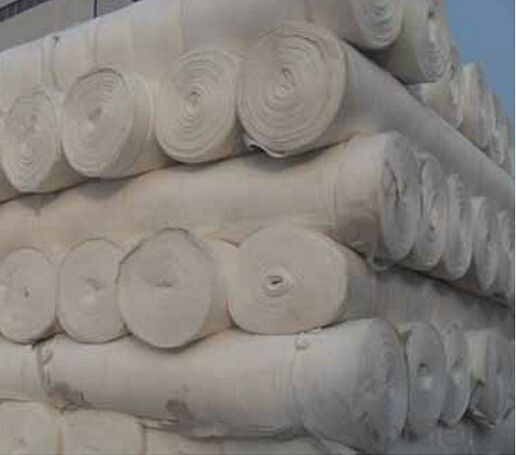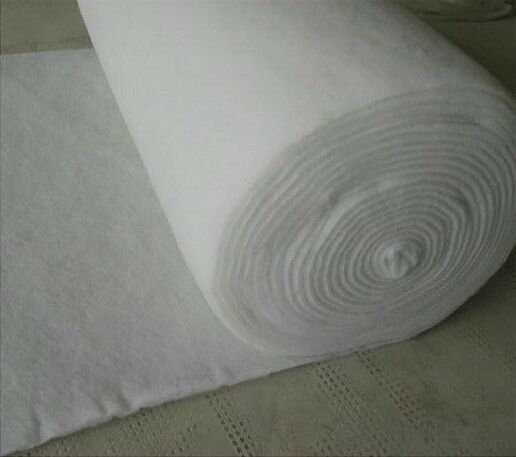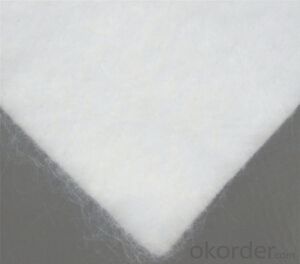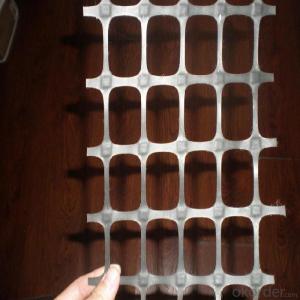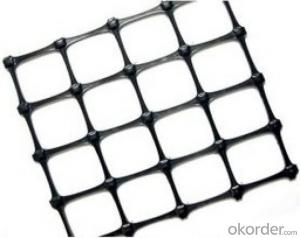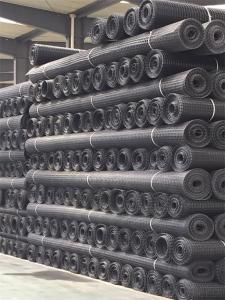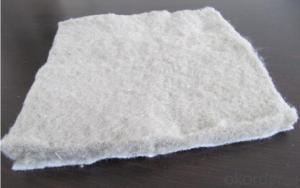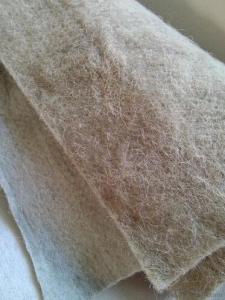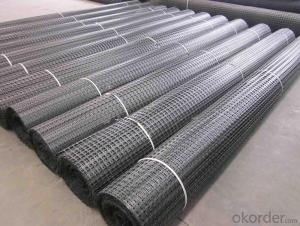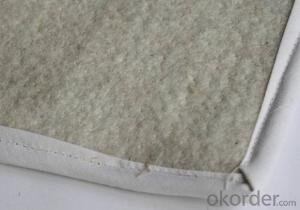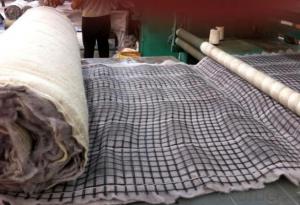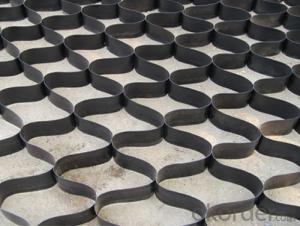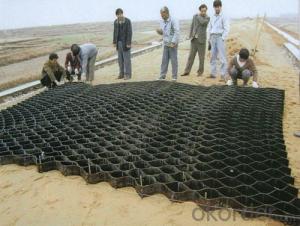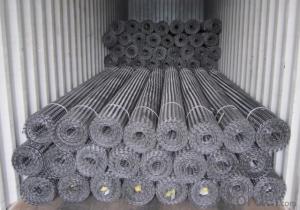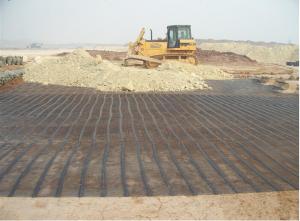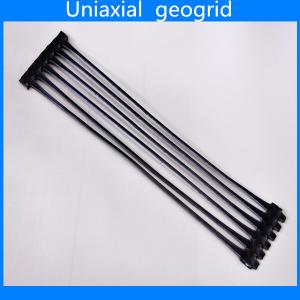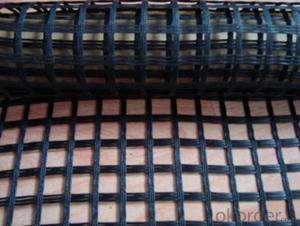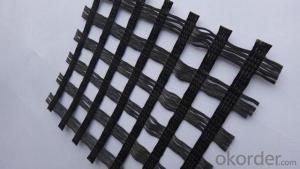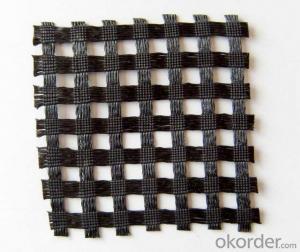Eco-Friendly HPDE Geocells for Nutrition Geotextile in Ecological Prevention and Control
- Loading Port:
- Qingdao
- Payment Terms:
- TT OR LC
- Min Order Qty:
- 5000 m²
- Supply Capability:
- 2000000 m²/month
OKorder Service Pledge
OKorder Financial Service
You Might Also Like
Nutrition geotextile in water environmental engineering .
Specification:
1. 200g/m2-400g/m2
2. One side thermally bonded nonwoven geotextile
3. Both sides thermally bonded nonwoven geotextile
Product Feature:
1. Simple and fast construction
2. Achieve the greening effect quickly after construction
3. Due to the grass and composite fiber fabrics become into one integration, so it has the ability of certain degree of flow resistance for the water rising before the grass survive.
4. Composite fiber fabric is a continuous structure from slope top to slope toe, both ends are fixed, has high water flow resistance.
Technical Specification
5.0 m length and 1.05 m width. Reverse side all used filter material. Grass seeds: Bermuda grass (warm season grass), Bahia grass (warm season grass), Kentucky bluegrass (cold season grass), Tall fescue grass (cold season grass), Red fescue grass (cold season grass). Plant height: 0.1 ~ 0.5 m.
| NO. | Items | Specification | Notes | |||
| 1 | Total unit area weight g/sq.m | ≥380 | ||||
| 2 | dimension | width m | 1.0~2.0 | |||
| length m | as per user’s request | |||||
| 3 | Composite fiber fabrics | Material | Polyester Fiber | High strength PET | ||
| Unit area weight g/sq.m | ≥160 | |||||
| Mesh dimension mm | 8×8 | |||||
| Extension strengh kn/m | ≥11 | MD & CD | ||||
| 4 | Filtra layer | Material | Polyester non woven geotextile | |||
| Unit area weight g/sq.m | ≥40 | |||||
| 5 | Grass seeds, Fertilizer | Type | According to actual situation choose 3~5 grass seeds | |||
| Plant height m | 0.1~0.3 | |||||
| 6 | Fiber layer | Material | wood pulp cellulose | |||
| Unit areaweight g/sq.m | ≥15 | |||||
| 7 | flow resistance | ≥4 | not allow appear scour, suction and blanket turn-over etc. damage phenomenon | |||
| M/s | ||||||
| 8 | Anti-UV strengh conservation rate % | 65~80 | 3000hrs Continuously exposure 3000hrs | |||
| 9 | Supporting spare parts | ABS fastening nail | Material | ABS Resin | Fixed between two blankets by length direction | |
| Fiber diameter mm | 35 | |||||
| Nail length mm | 325 | |||||
| Lnail | Material | Steel wire (content 10% zinc-aluminium alloy) | Used to fix single blanket | |||
| Fiber diameter mm | 4 | |||||
| Nail length mm | 200 | |||||
| ABS connecting nail | Material | ABS Resin | Used in the slope between the two blankets ( width direction) | |||
| Nail length mm | 38 | |||||
| Connecting fiber | Material | High strength Polypropylene | Used in the slope between the two blankets ( width direction) | |||
| Length mm | Cut as per request | |||||
APPLICATION:
Generally laid on the river channel, slope protection etc. slope revetment projects, to control the water erosion, soil loss, meantime can reach the effect of slope ecological restoration and landscape greening, making river back to natural.
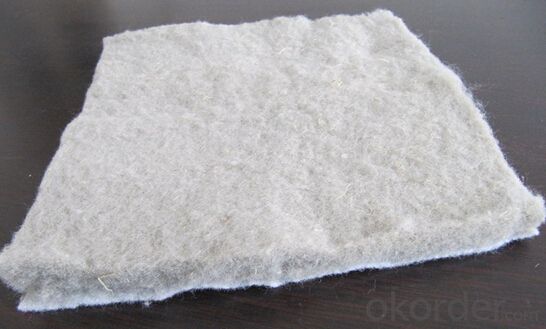
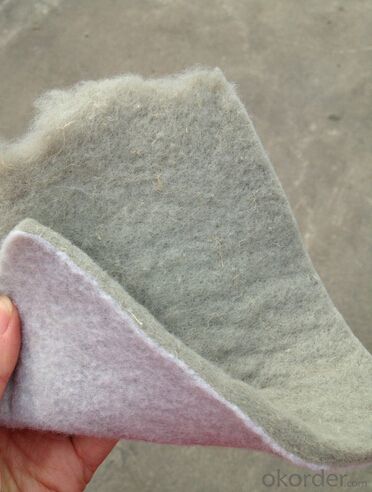
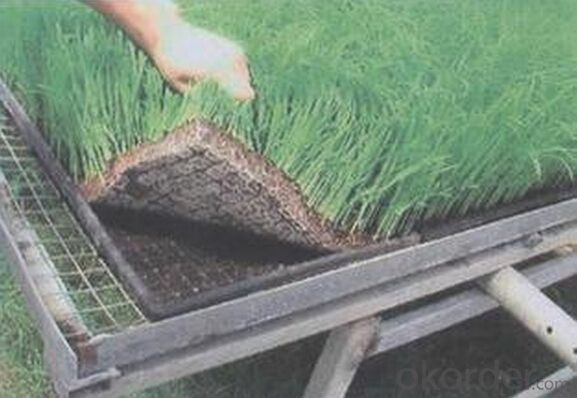
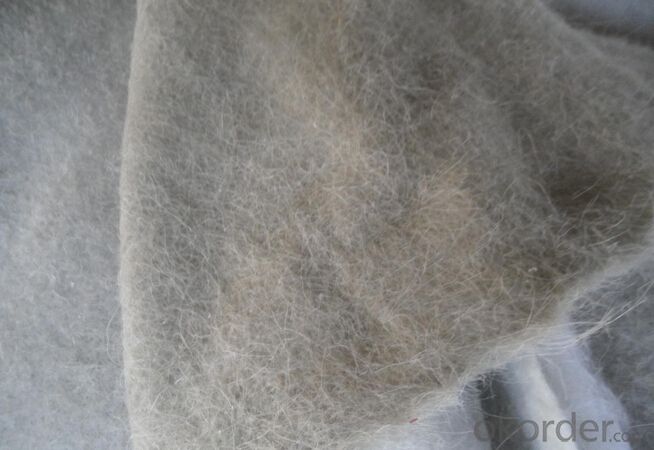


- Q: How do geogrids improve the bearing capacity of foundations?
- Geogrids improve the bearing capacity of foundations by providing reinforcement and stability to the soil. They act as a strong tensile element, distributing the load more evenly and reducing settlement. This helps to prevent soil movement and failure, ultimately increasing the overall strength and stability of the foundation.
- Q: What is the meaning of the geogrid reinforced asphalt in the project list
- You are not me, I was the construction of geogrid manufacturers, generally used in the mygeogrid on the road of geogrid is fiberglass geogrid, in your compacted Subgrade after injection will then laying a layer or several layers of fiberglass geogrid, after paving asphalt, the operation process is this, geogrid and asphalt is two kinds of different products
- Q: Are geogrids suitable for reinforcing contaminated soil?
- Yes, geogrids are suitable for reinforcing contaminated soil. Geogrids are commonly used in soil reinforcement applications due to their high tensile strength and ability to distribute loads. They can effectively stabilize and reinforce soil, even when it is contaminated. Geogrids provide additional support to prevent soil movement and erosion, making them a viable option for reinforcing contaminated soil.
- Q: Can geogrids be used in retaining wall drainage systems?
- Yes, geogrids can be used in retaining wall drainage systems. Geogrids are commonly used to provide additional stability and reinforcement to retaining walls. They help to distribute the load and prevent soil erosion behind the wall. Additionally, geogrids can enhance the drainage system by allowing water to flow through them, preventing the buildup of hydrostatic pressure behind the wall. This helps to maintain the structural integrity of the retaining wall and prevent any potential damage.
- Q: Can geogrids be used in reinforcement of soil-nailing systems?
- Yes, geogrids can be used in reinforcement of soil-nailing systems. Geogrids are commonly used in soil reinforcement applications, including soil-nailing systems, to provide additional stability and strength to the soil. They are typically installed behind the soil nails to distribute the loads and prevent soil movement, enhancing the overall performance of the system.
- Q: How do geogrids improve the performance of geosynthetic clay liners?
- Geogrids improve the performance of geosynthetic clay liners by providing added stability and reinforcement. They distribute loads more evenly, reducing the risk of liner deformation and maintaining its integrity. Geogrids also enhance the liner's tensile strength, preventing cracks and enhancing its resistance to shear forces. Overall, geogrids enhance the durability and performance of geosynthetic clay liners, increasing their effectiveness in various civil engineering applications.
- Q: Do geogrids provide reinforcement to geosynthetic asphalt liners in landfill covers?
- Yes, geogrids provide reinforcement to geosynthetic asphalt liners in landfill covers.
- Q: How do geogrids help in reducing construction equipment requirements?
- Geogrids help in reducing construction equipment requirements by providing soil stabilization and reinforcement. They act as a support structure, distributing loads and reducing the need for heavy machinery. This allows for cost-effective and efficient construction, minimizing the requirement for extensive equipment usage.
- Q: Can geogrids be used for reinforcement in asphalt overlays?
- Yes, geogrids can be used for reinforcement in asphalt overlays. They are commonly used to improve the structural integrity and durability of asphalt overlays by providing additional support and reducing the potential for cracking and rutting. Geogrids can help distribute the load more evenly, increase the tensile strength of the pavement, and enhance long-term performance.
- Q: How do geogrids improve the performance of geocells?
- Geogrids improve the performance of geocells by providing additional reinforcement and stabilization. They enhance the load-bearing capacity of geocells, improve soil confinement, and prevent lateral movement and deformation. Geogrids also distribute applied loads more evenly, reducing stress on the geocell walls and increasing overall stability.
Send your message to us
Eco-Friendly HPDE Geocells for Nutrition Geotextile in Ecological Prevention and Control
- Loading Port:
- Qingdao
- Payment Terms:
- TT OR LC
- Min Order Qty:
- 5000 m²
- Supply Capability:
- 2000000 m²/month
OKorder Service Pledge
OKorder Financial Service
Similar products
Hot products
Hot Searches
Related keywords
